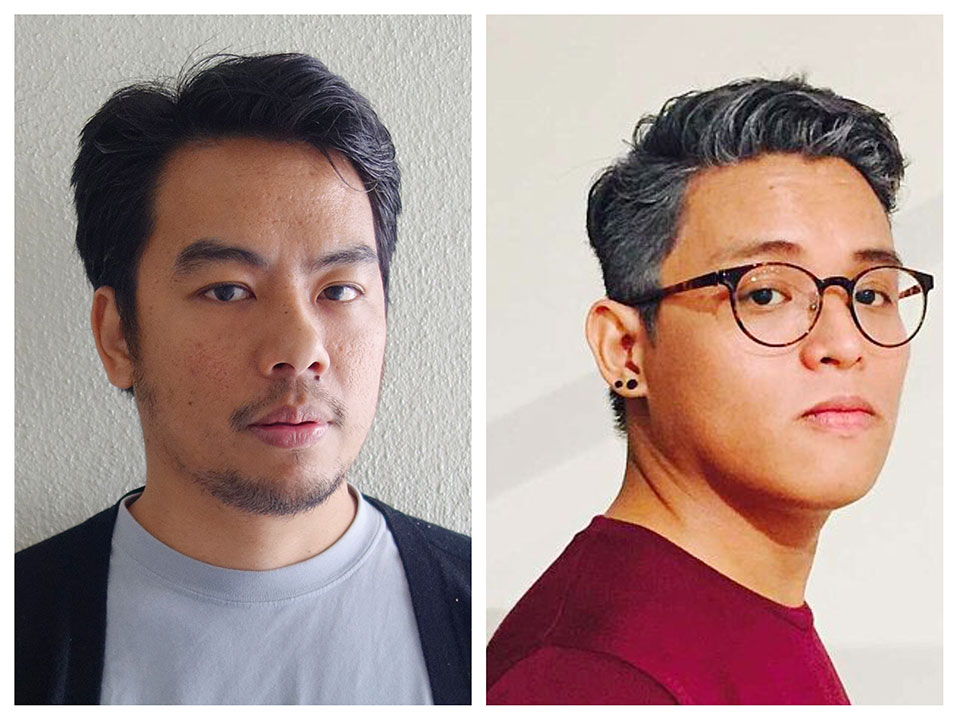
Mark Salvatus’ Philippines as seen through the prism of Lucban and Banahaw the focus of PHL’s pavilion at the Venice Art Biennale
COME 2024, the world will see what Filipino intermedia artist Mark Salvatus’ concept of the nation as perceived from a specific locality is as part of the Philippines’ participation at the 60th Venice Art Biennale.
Mr. Salvatus’ works have been shown in many exhibitions, with his upbringing in Lucban, Quezon and subsequent life in Metro Manila informing how particular objects, landscapes, and experiences fit into conversations of nationhood and even globality.
He draws on the urban and the rural to give shape to the Philippines’ complex sense of identity through contemporary art, according to Carlos Quijon, Jr., the curator of Mr. Salvatus’ work for the Venice Biennale 2024.
“When I saw his works alluding to Mt. Banahaw, I approached him and asked if he wanted to submit a curatorial proposal for it, and he agreed,” Mr. Quijon Jr. told BusinessWorld in an interview.
“While conceptualizing, Mark and I wanted it to be something you can converse with and engage with. From the get go, we’re trying to represent a nation but also think about parallels or resonances with other countries.”
The Philippine Pavilion next year will be named Kabilang-tabing ng panahong ito (Behind the curtain of this age), quoting Hermano Pule, a spiritual hero for the people of Lucban who resisted discrimination by the Catholic church during the Spanish era.
It will revolve around “the ethno-ecologies of Mt. Banahaw,” a three-peaked forested mountain located at the boundary between Laguna and Quezon provinces, and Lucban, the artist’s hometown.
“It draws inspiration from how Mt. Banahaw has shaped the music and faith of the people,” the proposal states.
Mr. Quijon, who also writes art criticism and about art history in Southeast Asia, saw the value in how Mr. Salvatus’ work leans into complex ideas of the nation from a cultural-historical approach centered outside of Manila.
“The first exhibition after the Philippines’ long absence [from the Venice Biennale] — made in 2015 — talked about the conflict in the West Philippine Sea. The latest exhibition presented weaving as music. We want to add to these rich conversations,” Mr. Quijon said.
Philippine Arts in Venice Biennale (PAVB), a collaboration between the National Commission for Culture and the Arts, the Department of Foreign Affairs, and the Office of Senator Loren Legarda, selected the proposal out of 13 qualified submissions.
It was chosen because it “explores currents of mysticism and modernity, the deep past and the looming future, as well as the coincidence of the cosmopolitan and the vernacular,” PAVB said in a press release.
The Philippine Pavilion in Venice will be open from April 20 to Nov. 24, 2024. — Brontë H. Lacsamana
Rethinking the parameters of the nation
Source: Bantay Radio
0 Comments